Phone:
(701)814-6992
Physical address:
6296 Donnelly Plaza
Ratkeville, Bahamas.
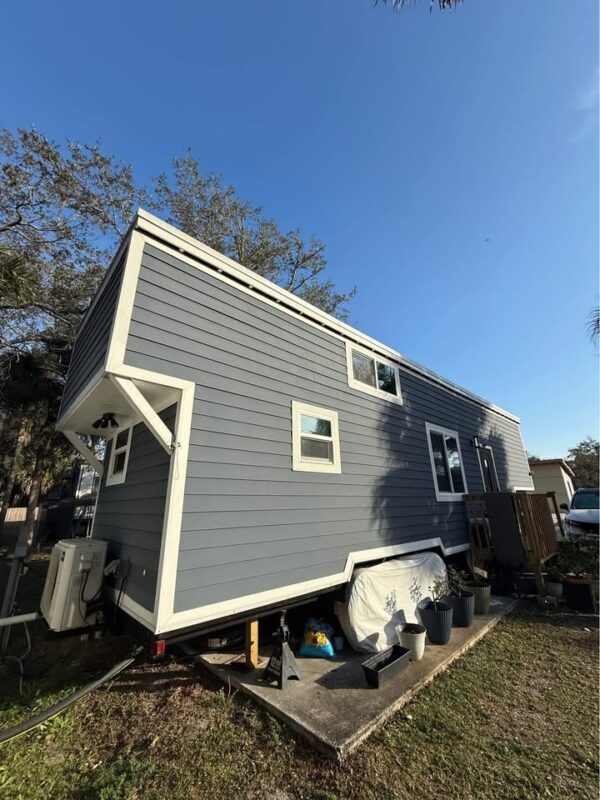
$100,000.00
(Blending Aerospace Design with Tiny Home Innovation)
The U.S. housing market is witnessing a cosmic shift: space cabins—earth-bound dwellings inspired by spacecraft efficiency—are surging in popularity. These futuristic homes merge sci-fi aesthetics with off-grid functionality, targeting minimalists, tech enthusiasts, and sustainability pioneers. Below, we explore this niche market, top builders, critical FAQs, and what makes these homes truly “out of this world.”
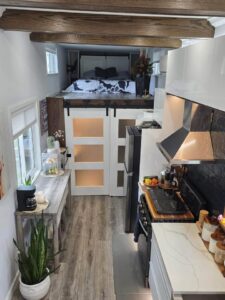
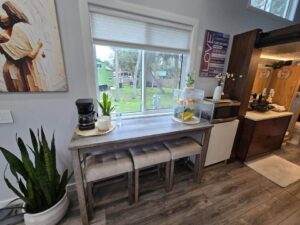
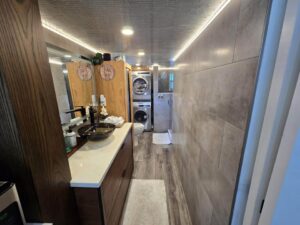
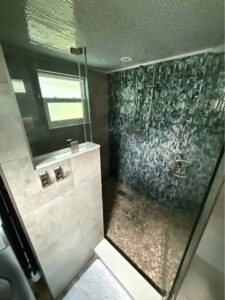
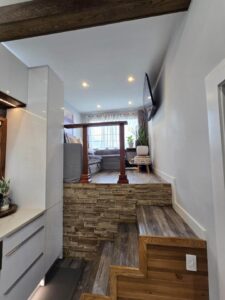
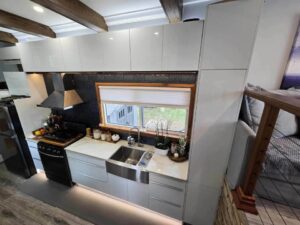
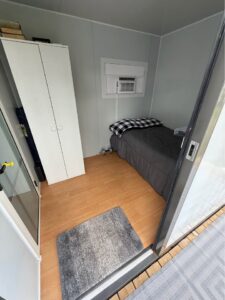
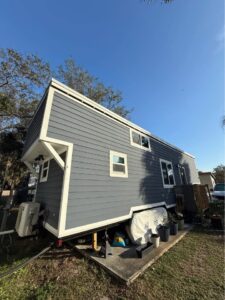
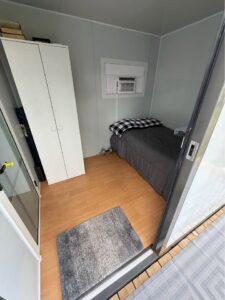
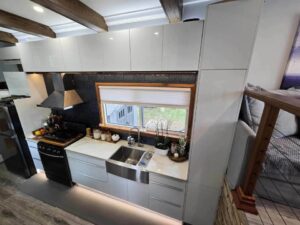
Unlike traditional tiny homes, space cabins prioritize:
Aerodynamic exteriors (sleek curves, metallic finishes, porthole windows).
Space-grade materials (carbon fiber, aerospace aluminum, thermal composites).
Closed-loop systems (water recycling, solar energy, air purification).
Compact multifunctional interiors (transformative furniture, voice-controlled tech).
| Builder | Starting Price | Signature Model | Key Features |
|---|---|---|---|
| Orbital Dwellings | $120,000 | Odyssey-1 | Retractable solar roof, hydroponic wall, VR windows |
| Nexus Space Pods | $95,000 | Aurora Capsule | 360° views, magnetic furniture, algae-based air scrubber |
| Cosmic Campers | $75,000 | Stellar S1 | Fold-out deck, lunar-regolith insulation, holographic HUD |
| LunaTech Habitats | $180,000+ | Artemis Series | Radiation-shielded walls, zero-gravity shower, AI concierge |
Answer: Yes, if classified correctly:
RVIA Certification: For mobile units (treated like RVs).
ADU/Zoning Compliance: Fixed units require local permits (e.g., California’s Title 25).
Critical: Avoid “residential” zoning—most space cabins qualify as park model RVs or experimental dwellings.
Answer:
Standard Tiny Home: $50,000–$100,000
Space Cabin: $75,000–$250,000+
Premium pricing covers aerospace materials, custom tech, and R&D.
Answer: Engineered for resilience:
Materials: Carbon fiber withstands 150+ mph winds.
Insulation: Lunar-regolith composites (R-30+) tolerate -40°F to 120°F.
Anchoring: Geotether systems prevent flooding/flight.
Answer: Most include:
Energy: 5kW solar arrays + wind turbines.
Water: Atmospheric condensers + 200-gallon recycled tanks.
Waste: Composting toilets + plasma incinerators.
Answer: Limited but growing:
RV Loans: For RVIA-certified models (5–10% APR).
Green Tech Grants: Federal/state incentives for solar/water systems.
Builder Leases: Companies like Orbital offer rent-to-own.
Price: $79,500
Specs:
22’ L x 8.5’ W | Expandable to 320 sq. ft.
10kW solar + 1,000L water storage
Voice-controlled “astro-galley” with induction cooktop
Placement: Approved in 48 states as an RV.
⚠️ Zoning Wars: Only 14 states explicitly allow space cabins as primary residences.
⚠️ Supply Chain Delays: Aerospace materials add 3–6 months to build time.
⚠️ Tech Maintenance: AI/VR systems require specialized servicing.
Space cabins represent more than a housing trend—they’re a manifesto for sustainable, tech-integrated living. While hurdles remain (regulation, cost), their fusion of imagination and engineering is reshaping American housing:
“These aren’t just homes; they’re prototypes for future Mars colonies adapted for Earth.”
For buyers: Prioritize RVIA certification, local zoning vetting, and warranty-backed tech. The market is young, but pioneers like Orbital Dwellings and Nexus Space Pods are making cosmic living a tangible—and revolutionary—reality.
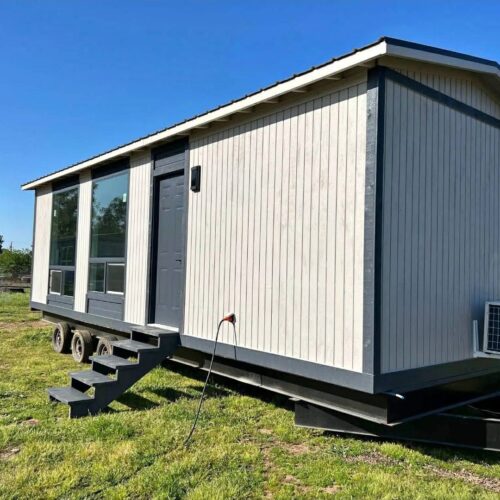
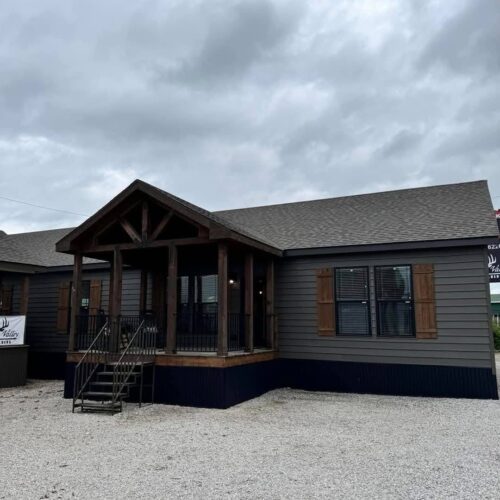
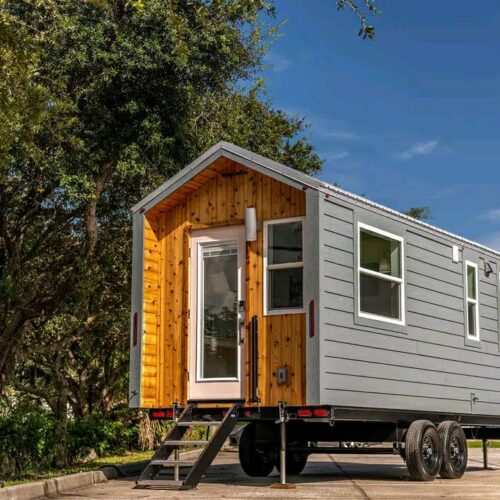
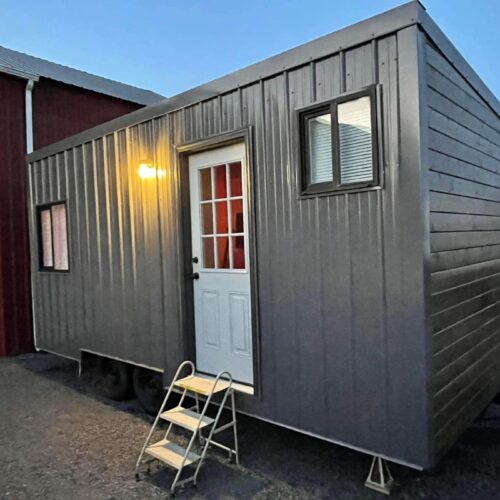

Reviews
There are no reviews yet.